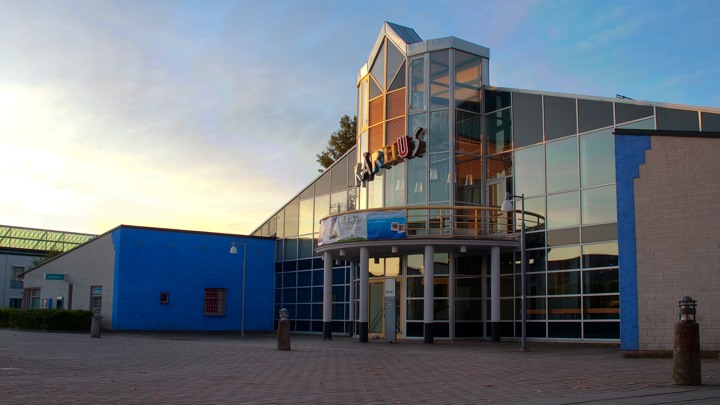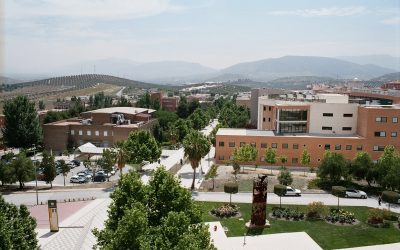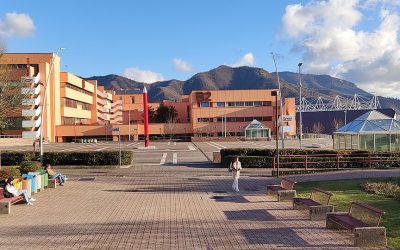Örebro University has created a detailed dataset offering valuable insights into student enrollment for the 2023-2024 academic year. This data encompasses key demographic information such as gender, age, and specific academic programs, providing a clearer picture of the university’s student population.
The range 40-60% is usually considered an even gender distribution in Swedish gender equality work. Only two out of eight schools have student populations within this range in the academic year 2023-2024.
In 2023, an internal survey of the student population was carried out to get a better overview of which student categories choose to study at Örebro University. The survey showed that a majority of the students are women and that this trend continues from year to year. Women are in the majority in education at basic and advanced level, while there is an even gender distribution among the university’s doctoral students based on the definition mentioned above. This is also shown in the dataset where the gender distribution is becoming more even from first to second cycle, and even more even from second to third.
Further breakdown of the figures show that gender-related study choices can be observed in many of the university’s courses. Men are in the gender minority in, for example, teaching programs and nursing education. Women continue to be in the gender minority in the engineering, systems science and mathematics programs. As the gender patterns vary between subjects, the schools have been given a clearer mission to work with equal conditions and equality issues based on a common working method based on the work with active measures according to the Discrimination Act.
Students over 40 years of age are mainly studying master’s programs and extension to programs in first and second cycle. On Bachelors level our Theater Arts Programme, has 10% students over 40 but they are only three out of 30 students and may not be representative to other first cycle programmes.
Gender-and age-related study choices are influenced by a number of factors, some of which are beyond a university’s control, such as socioeconomics and parents’ educational background. What the university can do is not to advocate gender-stereotypical choices in marketing and to work to create role models for non-gender-stereotypical choices.



